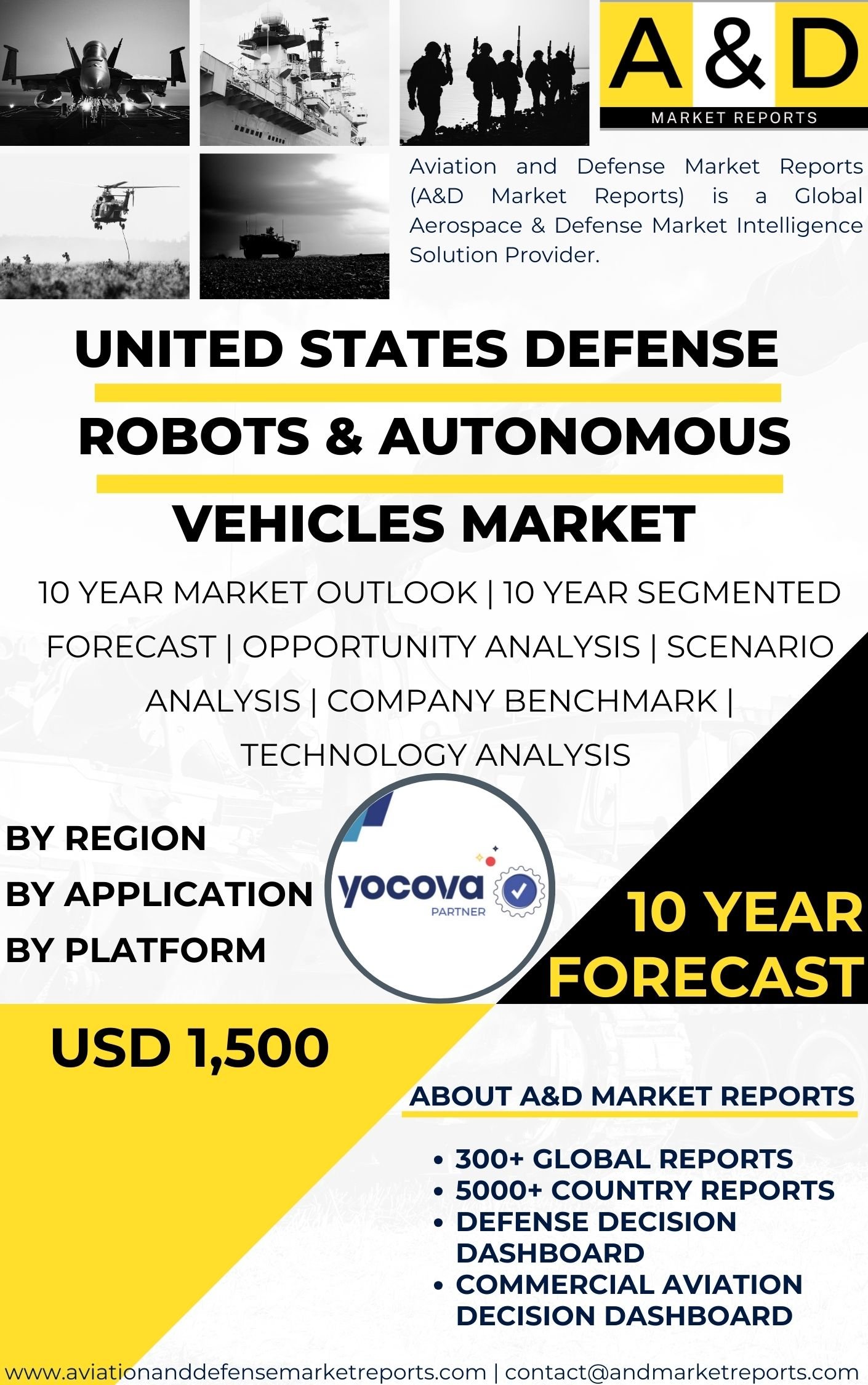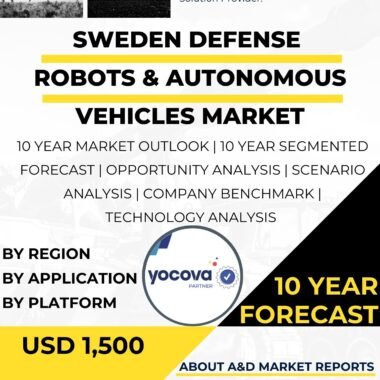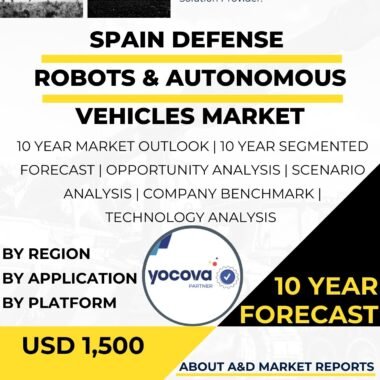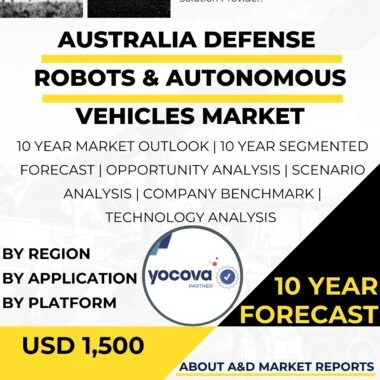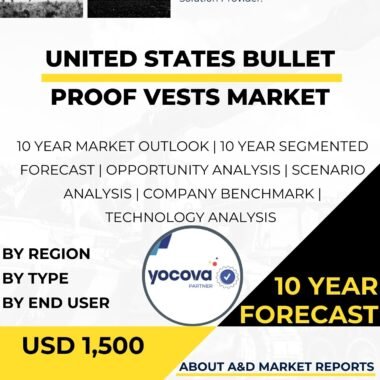Description
In the United States’ defense industry, the integration of robots and autonomous vehicles has revolutionized military operations, providing a wide range of capabilities to enhance situational awareness, logistics, surveillance, reconnaissance, and even combat. These advanced technologies play a critical role in supporting the U.S. Armed Forces’ efforts to maintain military superiority, increase operational efficiency, and reduce risks to military personnel. This article will explore the development, types, applications, and significance of defense robots and autonomous vehicles in the U.S. defense landscape.
The development of defense robots and autonomous vehicles has its origins in both military and civilian research. Early robotic systems were primarily used for bomb disposal and reconnaissance purposes, allowing military personnel to remotely handle dangerous tasks and gather critical intelligence.
As technology advanced, the capabilities of defense robots expanded to include unmanned ground vehicles (UGVs), unmanned aerial vehicles (UAVs), and unmanned surface and underwater vehicles (USVs and UUVs). These platforms provided new opportunities to improve military operations across various domains.
In the U.S. defense landscape, autonomous vehicles are integrated into various military applications, spanning from logistics to tactical operations. Unmanned ground vehicles have been developed for transport, surveillance, and reconnaissance missions, as well as for removing improvised explosive devices (IEDs) to enhance the safety of military personnel.
Unmanned aerial vehicles, such as drones, have become a crucial asset in intelligence, surveillance, and reconnaissance (ISR) missions, providing real-time situational awareness and target detection. Drones are widely used in the U.S. military, supporting operations worldwide and enabling precision strikes with minimal collateral damage.
Autonomous surface and underwater vehicles have expanded the capabilities of naval forces, allowing for extended maritime surveillance and reconnaissance. These vehicles can be used to detect and neutralize underwater threats, monitor maritime borders, and support mine countermeasures.
The significance of defense robots and autonomous vehicles lies in their transformative impact on military capabilities. These technologies offer several key advantages:
1. Enhanced Situational Awareness: Defense robots and autonomous vehicles provide real-time data and imagery, enabling military personnel to make better-informed decisions on the battlefield. The ability to gather intelligence and surveillance from unmanned platforms significantly improves situational awareness.
2. Minimized Risk to Human Life: By performing hazardous tasks and operating in high-risk environments, autonomous vehicles and robots reduce the exposure of military personnel to potential threats, leading to enhanced force protection.
3. Extended Operational Range: Autonomous vehicles, particularly UAVs, can operate over extended distances and periods, providing persistent surveillance and reconnaissance capabilities that manned assets cannot match.
4. Flexibility and Adaptability: Robots and autonomous vehicles can be rapidly deployed and reconfigured to suit different mission requirements, making them highly adaptable to changing operational needs.
5. Cost-Effectiveness: The use of autonomous systems can be cost-effective, reducing the need for expensive manned platforms and associated support personnel.
The ongoing development and advancement of defense robots and autonomous vehicles involve continuous research and investment in various areas. The U.S. Department of Defense (DoD) collaborates with defense contractors, research institutions, and universities to enhance autonomous technologies, address emerging challenges, and drive innovation.
Advancements in artificial intelligence (AI) and machine learning algorithms have significantly improved the autonomy of robotic systems. These technologies enable robots and autonomous vehicles to make decisions based on real-time data and adapt to dynamic environments.
Moreover, research focuses on developing swarming capabilities, allowing multiple autonomous vehicles to work together in coordinated formations. Swarming technologies have the potential to revolutionize military operations, enabling cooperative and synchronized actions on the battlefield.
Challenges in the development of defense robots and autonomous vehicles include ensuring secure and robust communication links to prevent potential cyber threats or hacking attempts. The U.S. military invests in developing secure communication protocols and encryption methods to safeguard autonomous systems from unauthorized access or interference.
Additionally, efforts are made to improve the reliability and robustness of autonomous systems to operate effectively in adverse environmental conditions and in contested or denied communication environments.
Furthermore, ethical and legal considerations are essential in the development and deployment of autonomous military technologies. The DoD places a strong emphasis on adhering to international laws and ethical guidelines concerning the use of autonomous systems in military operations.
To address these challenges, the U.S. military actively engages in collaborations with industry stakeholders, regulators, and other government agencies to establish a comprehensive regulatory framework for the responsible and safe use of autonomous technologies.
In conclusion, defense robots and autonomous vehicles have become integral assets in the United States’ defense landscape, providing advanced capabilities to support military operations across various domains. These technologies excel in intelligence, surveillance, reconnaissance, logistics, and force protection, enhancing situational awareness, minimizing risks to military personnel, and extending the operational range of the U.S. Armed Forces.
The transformative potential of defense robots and autonomous vehicles enables the U.S. military to maintain its technological edge and effectively address emerging threats in an ever-evolving and complex security landscape.
The ongoing development and advancement of autonomous technologies involve continuous research, investment, and collaboration among industry stakeholders, research institutions, and government agencies. By leveraging the capabilities of defense robots and autonomous vehicles, the U.S. Department of Defense can enhance operational effectiveness, support national defense objectives, and ensure the safety of military personnel in an increasingly dynamic and challenging security environment.
